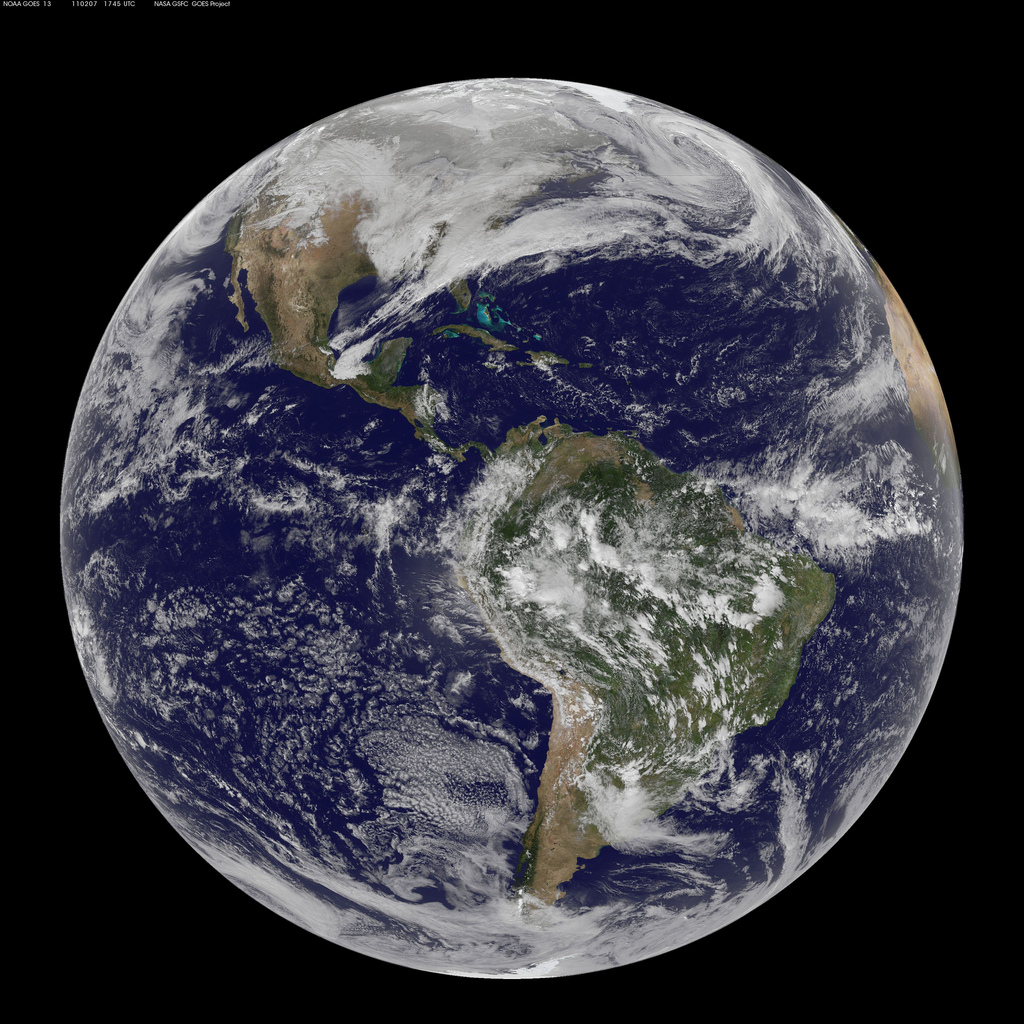Earth Data Sheet

Please see our updated Earth Reference Page.
Earth Resource Page
The third planet from the sun is, in scientific terms, quite similar to the first two. In fact, the four planets of the inner solar system (Mercury, Venus, Earth and Mars) all share rock and metal as their primary ingredients. Each of these so-called terrestrial planets has a solid surface, unlike the gaseous planets of the outer solar system.
Earth data (averages):
Diameter: 7,926 miles
Time to rotate: 23 hours, 56 minutes
Orbit: 365.24 days
Perhaps Earth's most distinguishing factor, at least from our point of view, is the presence of water, which contributed to the formation of life some 3,000 million years ago. Most of us ought also to be fond of Earth's unique atmosphere, rich in life-sustaining nitrogen and oxygen.
Final fact
Get the Space.com Newsletter
Breaking space news, the latest updates on rocket launches, skywatching events and more!
The Earth's surface is rotates about its axis at 1,532 feet per second -- slightly over 1,000 miles per hour -- at the equator, and the planet zips around the sun at more than 18 miles per second.
Join our Space Forums to keep talking space on the latest missions, night sky and more! And if you have a news tip, correction or comment, let us know at: community@space.com.

Space.com is the premier source of space exploration, innovation and astronomy news, chronicling (and celebrating) humanity's ongoing expansion across the final frontier. Originally founded in 1999, Space.com is, and always has been, the passion of writers and editors who are space fans and also trained journalists. Our current news team consists of Editor-in-Chief Tariq Malik; Editor Hanneke Weitering, Senior Space Writer Mike Wall; Senior Writer Meghan Bartels; Senior Writer Chelsea Gohd, Senior Writer Tereza Pultarova and Staff Writer Alexander Cox, focusing on e-commerce. Senior Producer Steve Spaleta oversees our space videos, with Diana Whitcroft as our Social Media Editor.









